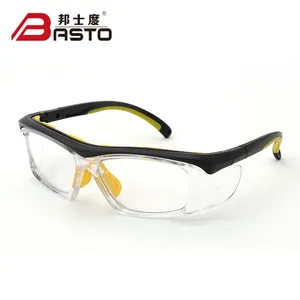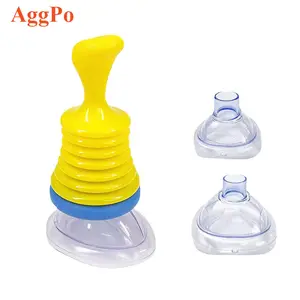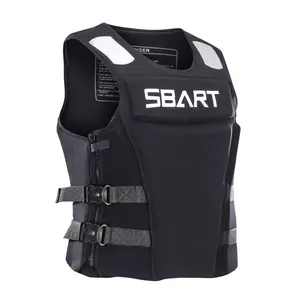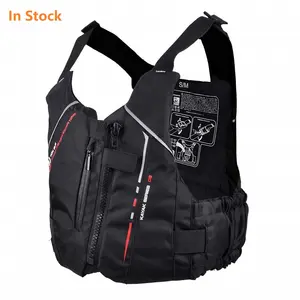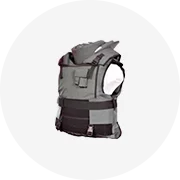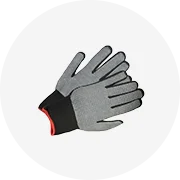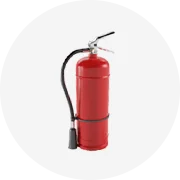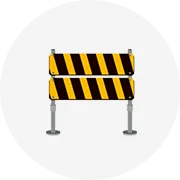Popular in your industry
































































Related Searches:














































































































Top categories
About half mask respirator
Introduction
In a world where air pollution and airborne diseases are significant health threats, personal protective equipment is more important than ever. Among these, the half mask respirator stands out as a vital tool designed to shield us from harmful air pollutants. This article explores the intricacies of half mask respirators, their components, functionality, and the various types available. We'll also discuss their importance in 2023, how to select the right one, and the correct methods for usage and maintenance. Discover how this simple yet effective tool can be a lifesaver in today's challenging environment.
Understanding Half Mask Respirators
Half mask respirators, also known as elastomeric facepieces, are typically made of silicone, thermoplastic, or rubber material. They are designed to fit snugly yet comfortably on your face, with adjustable straps ensuring a secure fit. These respirators incorporate one or more filters or cartridges, providing essential protection against air pollutants. Regular fit and seal evaluations are necessary as different brands may fit slightly differently on your face.
Components and Functionality of Half Mask Respirators
Half mask respirators are designed with one or more filters or cartridges attached to the facepiece. The respirator should fit snugly but comfortably on your face, with straps positioned correctly for optimal fit. Regular fit evaluations are necessary as changes in your facial structure can affect the fit and seal of your respirator.
Types of Half Mask Respirators
Half mask respirators come in different types. The single-filter half gas mask model has a universal RD DIN 40 connection, compatible with all EN136 filters. This offers a wider choice of cartridges. The twin-filter half mask respirator model is flatter and provides excellent load balance, perfect for precision work. All our respiratory protection filters are marked 'R' for reusable, only against the same substance, and are compliant with the latest standards in force.
Why Half Mask Respirators are Essential in 2023
Half mask respirators are essential in 2023 due to their superior protection and cost-effectiveness. They provide greater-than-N95-level protection and are reusable, making them a reliable and cost-effective choice. These respirators are used across various industries, including mining, auto repair, construction, and pharmaceuticals. They are also suitable for healthcare workers, teachers, and others who need protection from viruses, wildfire smoke, and environmental allergens.
Increasing Air Pollution and Its Health Impacts
Air pollution is a major environmental threat, responsible for about 7 million premature deaths per year globally. It affects our whole body, way beyond our lungs, causing diseases like ischemic heart disease, stroke, chronic obstructive pulmonary disease, lung cancer, and acute respiratory infections. Air pollution is also a significant risk factor for Non-Communicable Diseases, with impacts including preterm and low-birthweight, asthma, and cognitive and neurological impairment. It also imposes enormous global health costs, representing 6.1% of the global gross domestic product.
Role of Half Mask Respirators in Protecting Health
Half mask respirators provide superior protection compared to disposable masks. They are designed for reusability and offer greater-than-N95-level protection. Commonly used in industries like mining, construction, and healthcare, these respirators are reliable, comfortable, and cost-effective. They are designed to protect against deadly viruses, wildfire smoke, environmental allergens, and more.
Choosing the Right Half Mask Respirator
When choosing a half-face respirator, consider factors like filter types, presence of valves, sizing, breathability, and comfort. Ensure the respirator is paired with approved filters or cartridges. Sizing is crucial for a good fit, so check the manufacturer's sizing guides. Breathability, dictated by filter efficacy and design, impacts comfort, especially for long wear periods. Lastly, comfort is a key factor, influencing how long and how often you'll be willing to use the respirator.
Factors to Consider When Buying
Selecting the right half mask respirator is crucial. It should be designed to filter out the specific hazards you're exposed to. After assessing your exposure, choose a respirator approved by the National Institute for Occupational Safety and Health (NIOSH). These respirators have an assigned protection factor (APF), indicating the level of protection they provide, which can range from 10 to 10,000.
How to Properly Use and Maintain Your Respirator
Proper care of your half mask respirator involves checking and maintaining various components. These include the facepiece, head strap/harness, inhalation and exhalation valves, filter elements, and the air supply system. If your respirator has a battery pack, ensure it's in good condition. Regular cleaning and proper storage are also crucial for maintaining the effectiveness and longevity of your respirator.
Correct Wearing and Removal Procedures
When using a half-mask respirator, it's crucial to understand the correct donning and removal procedures. Workers should have the opportunity to handle the respirator, learn how to inspect it, don and remove, have it properly fitted, and wear it in a normal air environment. This piece will review donning and removing techniques for the half-face mask respirator. These techniques are not exhaustive. If you have questions, we recommend checking with your supervisor, reviewing the written respiratory program your employer may have in place, and checking OSHA or CDC guidelines.
Cleaning and Storage Guidelines
Proper cleaning and storage of half mask respirators are crucial to maintain their effectiveness. They should be cleaned after each use and stored in a clean, dry place, away from personal clothing and areas contaminated with harmful substances. Disposable respirators should be discarded after one use, and cartridges should be replaced when they show signs of exhaustion. Avoid exposure to dust, sunlight, heat, extreme cold, excessive moisture, and damaging chemicals, as these can affect the respirator's performance. Always adhere to the guidelines provided by the Occupational Safety and Health Administration (OSHA) for cleaning, storing, and maintaining respirators.
Conclusion
In conclusion, half mask respirators are an essential tool in our fight against air pollution and airborne diseases. Their superior protection, cost-effectiveness, and reusability make them a reliable choice across various industries and for individuals alike. However, the effectiveness of these respirators hinges on choosing the right one based on your exposure and ensuring it fits well. Proper usage, regular maintenance, and adherence to cleaning and storage guidelines are also crucial. As we continue to grapple with environmental challenges and health threats, the role of half mask respirators becomes increasingly important. Stay informed, stay protected, and breathe easy with the right respirator.

